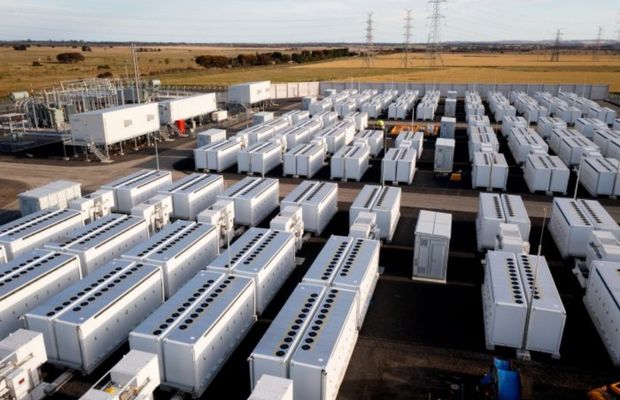The intersection of technology and sustainability is vividly illustrated in the field of battery energy storage, a sector that has seen remarkable advances in recent years. These technological innovations not only enhance the efficiency and effectiveness of energy storage solutions but also contribute significantly to sustainable energy systems globally. Here’s a look at some of the key advances in battery energy storage that underscore the synergy between technology and sustainability:

1. Advanced Lithium-ion Technologies
Lithium-ion batteries have undergone substantial improvements, including enhancements in energy density, charging speed, and cycle life. Innovations such as silicon anodes and solid electrolytes are pushing the boundaries of efficiency and safety, reducing the environmental impact of production and recycling processes, and enabling more sustainable energy storage solutions.
2. Solid-State Batteries
Solid-state batteries represent a significant leap forward, offering higher energy density and greater safety by replacing flammable liquid electrolytes with solid materials. This technology not only improves battery performance but also reduces the risk of battery fires, contributing to a more sustainable and safer energy storage paradigm.
3. Sustainable Materials and Manufacturing
The quest for sustainability in battery technology has spurred research into alternative materials that are more abundant, less environmentally damaging, and easier to recycle than traditional battery materials. Developments in battery chemistry, such as sodium-ion, magnesium-ion, and other non-lithium-based batteries, promise a future where energy storage is both high-performing and environmentally friendly.
4. Recycling and Lifecycle Management
Advances in battery recycling technologies are crucial for sustainability, ensuring that the valuable materials in spent batteries can be efficiently recovered and reused. Innovations in recycling processes, such as direct recycling methods, aim to reduce waste, lower environmental impact, and make battery production more sustainable by creating a circular economy for battery materials.
5. Energy Storage Integration and Software
The integration of battery energy storage systems into the grid is being enhanced by advancements in software and artificial intelligence. These technologies optimize the charging and discharging of batteries, manage grid services, and ensure that energy storage systems contribute effectively to grid stability, renewable energy integration, and peak demand management, facilitating a more sustainable and resilient energy infrastructure.
6. Flow Batteries for Large-scale Storage
Flow batteries, with their ability to store large amounts of energy and their scalability, are particularly well-suited for grid storage and the balancing of renewable energy sources. Innovations in flow battery chemistries, including the use of non-toxic and abundant materials, enhance their sustainability profile and their role in transitioning to renewable energy systems.
7. Hybrid Systems and Multi-Use Applications
The development of hybrid battery systems, which combine different types of storage technologies to leverage their respective strengths, is an emerging trend. These systems can support a range of applications from grid services to electric vehicle charging, demonstrating the flexibility and adaptability of advanced energy storage solutions in meeting diverse sustainability goals.
Conclusion
The intersection of technology and sustainability in the field of battery energy storage is a dynamic and evolving landscape, marked by continual innovation and progress. These advances not only enhance the performance and economic viability of battery storage but also align closely with global sustainability objectives, including carbon reduction, resource conservation, and the transition to a renewable energy future. As research and development in battery technologies continue to accelerate, the potential for sustainable, reliable, and efficient energy storage solutions grows, promising a brighter, cleaner energy future.
